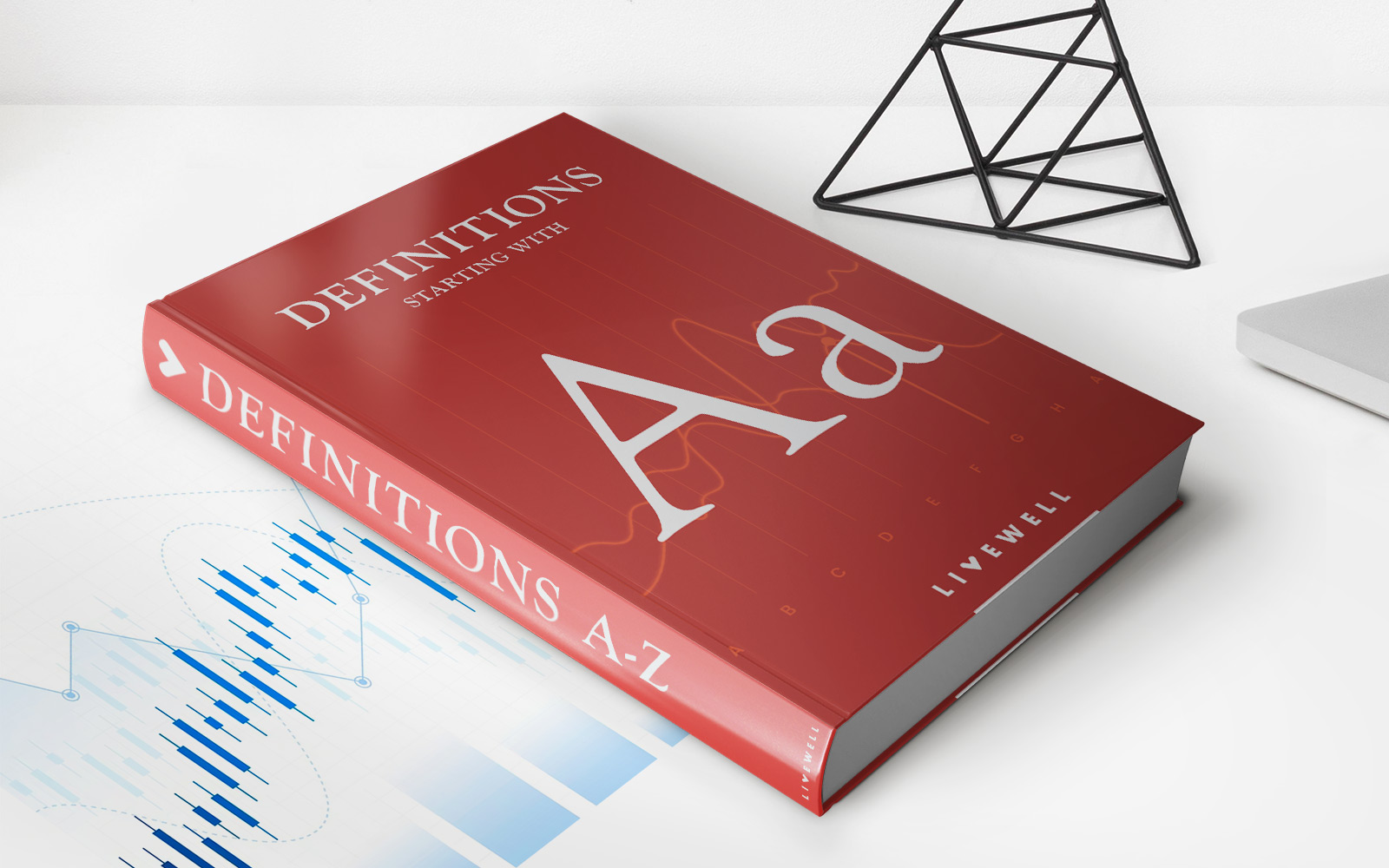

Finance
Eurosclerosis Definition
Published: November 19, 2023
Learn the meaning and implications of eurosclerosis in finance. Explore the effects of this phenomenon on economies, markets, and policy-making.
(Many of the links in this article redirect to a specific reviewed product. Your purchase of these products through affiliate links helps to generate commission for LiveWell, at no extra cost. Learn more)
The Eurosclerosis Definition: A Comprehensive Guide to Understanding Europe’s Economic Stagnation
Welcome to the FINANCE category of our blog! In this post, we will delve into the concept of Eurosclerosis and its significance in Europe’s economic landscape. If you’ve ever wondered why Europe’s economy has experienced a period of stagnation, you’re in the right place. We will provide you with a detailed definition, explore its causes, and discuss the potential consequences for the region. So, let’s get started!
Key Takeaways:
- Eurosclerosis refers to the economic stagnation that has affected many European countries since the 1970s.
- This phenomenon is characterized by low economic growth, high unemployment rates, and a rigid labor market.
- Structural issues: Many European economies have been burdened by structural inefficiencies, such as high levels of government regulation, excessive bureaucracy, and inflexible labor markets. These factors have hindered entrepreneurship and innovation, impeding economic growth.
- Social policies: Generous social welfare systems in European countries have contributed to the difficulties in addressing Eurosclerosis. While these systems aim to provide support and protection to citizens, they can also create disincentives for work and business creation, leading to higher unemployment rates.
- Political factors: Political instability and fragmented decision-making processes in Europe have made it challenging to implement necessary economic reforms. Consensus among different stakeholders has often been difficult to achieve, delaying essential structural changes.
1. What is Eurosclerosis?
Eurosclerosis is a term used to describe the period of economic stagnation that many European countries have experienced since the 1970s. During this time, these countries have struggled with low economic growth rates, high unemployment rates, and a rigid labor market. This condition has posed significant challenges for Europe’s overall economic development.
2. What are the causes of Eurosclerosis?
There are several factors that have contributed to the development of Eurosclerosis:
Consequences of Eurosclerosis:
The consequences of Eurosclerosis reach beyond economic stagnation. Some of the notable effects include:
- Increased economic inequality: The lack of sustained economic growth has exacerbated income disparities, with the burden often falling on the most vulnerable populations.
- Brain drain and talent flight: The stagnant economic conditions have prompted talented individuals to seek better opportunities in other regions, causing a brain drain and limiting Europe’s ability to innovate and thrive.
- Reduced competitiveness: Eurosclerosis has made it difficult for European countries to compete globally, resulting in a loss of market share and potential economic growth.
- Long-term economic consequences: The persistently low economic growth rates associated with Eurosclerosis can threaten the long-term economic prosperity of European countries, making it challenging to address pressing social and economic issues.
As Europe strives to overcome the challenges posed by Eurosclerosis, it is crucial for policymakers and stakeholders to address these structural issues and promote more flexible labor markets. Implementing reforms that improve competitiveness, foster innovation, and encourage entrepreneurship will be essential for revitalizing Europe’s economy.
We hope this comprehensive guide has provided you with a clear understanding of Eurosclerosis and its impact on Europe’s economy. Stay tuned for more insightful articles in our FINANCE category!














